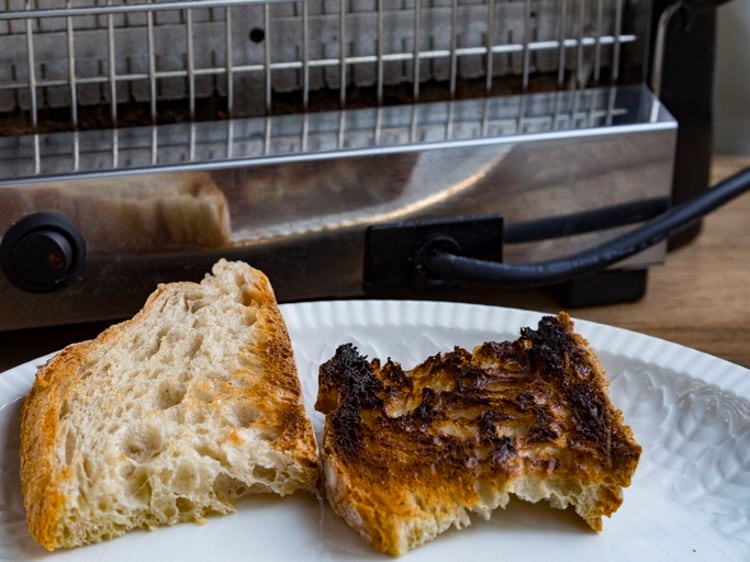
The coronavirus outbreak highlighted the food waste challenge practically in real time.
Globally, food loss and waste amounts to between a staggering one-third and one-half of all food produced. The US has the highest per capita quantity of food loss worldwide, representing 40% of the total. Viewed by category, meat has the highest overall value of waste, while baking creates the largest volume of waste globally.
The coronavirus lockdown led to widespread consumer stockpiling of purchases, disrupting supply chains, altering consumption patterns and challenging bakers to boost output.
Today, as most countries begin to ease restrictions, manufacturers simply can’t be certain what demand will look like: will consumers continue to store supplies or will they resume their regular purchasing patterns?
During these uncertain times, enhancing shelf life becomes more critical than ever to keep precious food resources from going to waste.
This, however, can be approached by targeting each of the product stages, from production right through to consumption. Areas that are ripe for improved efficiencies include production, distribution, retail and at-home storage, with solutions constantly being sought to reduce waste in each area.
These days, the most sought-after solutions are clean label, meaning they offer enhanced food protection benefits – like longer shelf life – without the use of additives.
Enzymes are accomplishing this clean-label goal by their very nature. These helpful processing aids are addressing many industrial baking challenges, ranging from enhancing dough conditioning and crumb softening to maintaining moisture and extending shelf life.
Enzymes not only reduce waste and cost, they can also be used to enhance product quality. They are specific in their actions and in turn can be used to address very specific manufacturing challenges in order to achieve optimum results during baking.
Sought out by consumers
Even without the challenges around COVID-19 changing consumer behaviour, the clean label movement had already shown little sign of slowing down: increasingly, consumers want to know exactly what goes into their food.
Kerry’s Beyond the Label report on consumer awareness of clean label processes found 75% of respondents are prepared to pay more for natural products, while another report on Pioneering Preservatives revealed 47% of consumers take the time to read product labels.
Additionally, consumers are rejecting preservatives as a category, tending to vilify all unfamiliar ‘chemical-sounding’ names equally.
This introduces another benefit of enzymes.
The enzyme solutions, as described earlier, are classified as ‘processing aids’ in the majority of countries globally and thus not considered ‘ingredients’. This means it is not necessary to list them on labels and, when it comes to ingredient labels these days, less is definitely more in the eyes of consumers.
Donut manufacturing is an example of an enzyme success story.
All donut producers face similar challenges to maintain product softness and moisture, along with consistent volume, dough tolerance and a uniform texture – in short, shelf life issues.
For one company, a clean label enzyme solution was able to more than double product shelf life – from seven to 15 days – and greatly improve the reach of distribution while reducing waste. While 15 days was feasible, however, the company settled on a quality control standard of 10 days, a significant improvement of more than 40%.
In addition to shelf life, visual appeal is an important aspect for many baked products.
Burger buns, for instance, can develop wrinkles and lose their shape while being processed and wrapped at the retail end. A further challenge is maintaining a soft crumb structure and moist mouthfeel (allowing for better heat retention during customer toasting).
In one particular company’s case, a clean label enzyme solution was applied in the bakery setting that ultimately achieved these goals with no need for additives, enabling increased consumer satisfaction.
Meeting sustainability targets
The many positive attributes of enzymes do not stop there.
Enzymes also support cost reduction while simultaneously increasing plant efficiencies.
For example, a cracker manufacturer was experiencing a less-than-optimal 68% plant throughput and inconsistencies in product characteristics, but these issues were resolved through the application of enzymes during baking.
The final result included an increase in line efficiency to a striking 90%, a reduction in dough development time, reduced cracker shrinkage, improvements to product consistency (size and thickness) and a decreased need for water.
In summary, the enzyme solution improved product quality, improved production efficiencies and took the company a step further toward achieving its sustainability targets.
At a time when global food manufacturing is in a state of deep flux due to the pandemic and ensuing economic disarray, it’s heartening to know that bakers are getting a hand in improving shelf life, maintaining quality and delivering production efficiencies – all the while adhering to consumers’ increasing demands for clean label.
As the world moves out of the pandemic and toward whatever the ‘new normal’ in food consumption will turn out to be, manufacturers worldwide will continue to take up the call to increase production while decreasing costly waste.
In response, the rise of the humble enzyme can only accelerate.




